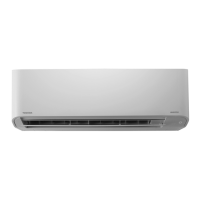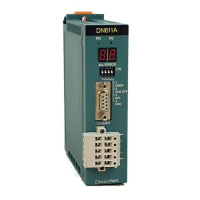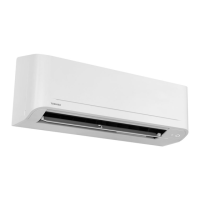What to do if all intelligent I/O channels failed on Toshiba Controller?
- JJames BlakeSep 2, 2025
If all intelligent I/O channels have failed, check the serial bus cable connections.

What to do if all intelligent I/O channels failed on Toshiba Controller?
If all intelligent I/O channels have failed, check the serial bus cable connections.
What to do if SOFT LED is OFF and USER TASK STOP ARITHMETIC STACK ERROR on Toshiba V Series Controller?
If the SOFT LED is off and the USER TASK STOP ARITHMETIC STACK ERROR on your Toshiba Controller, after normal compile, download the program again.
What to do if disconnected fan cable is suspected in Toshiba Controller?
If a disconnected fan cable is suspected, check the cable connection. If necessary, replace the fan unit.
Why does my Toshiba V Series show a switch setting error?
If you encounter a switch setting error on your Toshiba Controller, it might be due to incorrectly set station address switches. Make sure the switches are set within the range of 01 to 7Fh.
What to do if my Toshiba Controller module is faulty?
If a Toshiba Controller module is faulty, replace the module. Contact the Toshiba service office concerned.
What to do if Toshiba Control Unit is down?
If your Toshiba Control Unit module is faulty and the system is down, the suggested solution is to replace the module. Contact Toshiba service office concerned.
What to do if user information DL error occurs on Toshiba Controller?
If a user information DL error occurs, download the program from the engineering tool and restart the controller.
What to do if code memory DL error occurs on Toshiba V Series?
If a code memory DL error occurs, format the E2PROM to clear the memory, reload the user application, and restart the controller.
What to do if exception interruption is detected on Toshiba V Series?
If an exception interruption is detected, turn the power on again to restart the controller. If the error persists, replace the L3 CPU module.
What to do if memory is lost on Toshiba Controller?
If memory is lost, clear the memory, download the program from the engineering tool, and restart the controller.
| Type | PLC |
|---|---|
| Communication Ports | RS-232, RS-485, Ethernet |
| Programming Language | Ladder Logic |
| Power Supply | 24V DC, 100-240V AC |
| Operating Temperature | 0-55°C |
Provides guidelines for safe and proper installation of the module.
Outlines essential safety measures for maintenance and inspection tasks.
Details safety procedures to follow when replacing module components.
Key safety points for ensuring safe operation and equipment condition.
Details the structure of DeviceNet networks, including trunk and drop lines.
Details how to configure DIP and rotary switches for operation.
Steps for registering the module in the configuration software.
Explains the structure and use of the controller's buffer memory.
Details various requests the controller can issue to the module.
Covers structure declarations and sample programs for data transfer.
Guides on diagnosing issues when the module fails to start.
Troubleshooting steps for reset issues and scan list clearing.
Addresses problems related to the module not entering run mode.
Diagnoses and resolves issues with slave device communication.
Specifies environmental requirements and base unit mounting.
Covers proper methods for power cabling and grounding.
Details procedures for cabling trunk and drop lines.
Details variables and programs for local node parameter settings.
Defines variables and programs for slave device parameter settings.
Details variables and programs for asynchronous slave data output.











